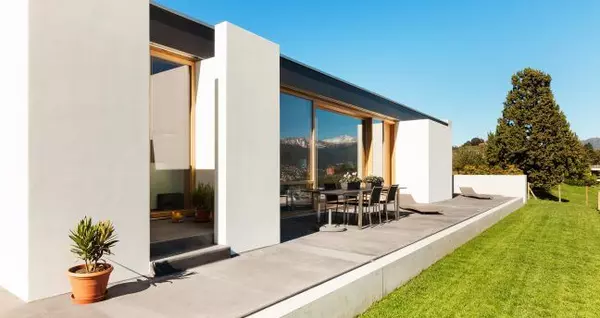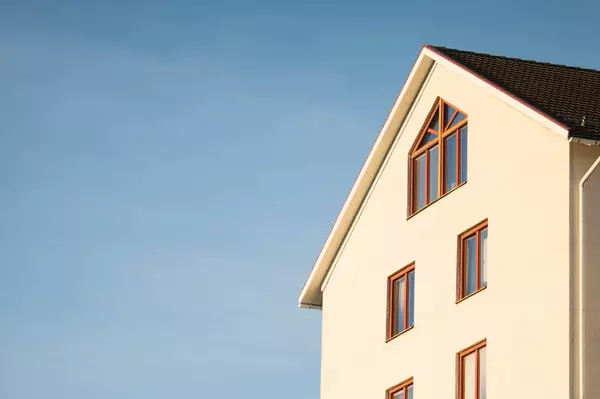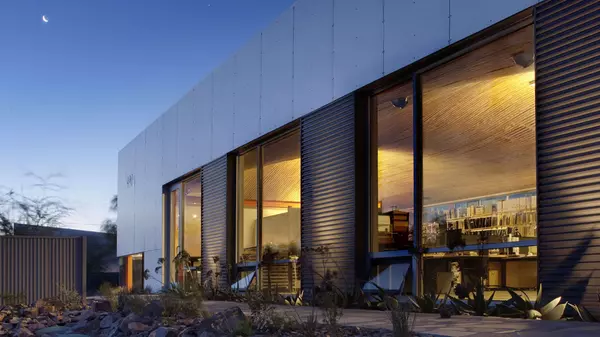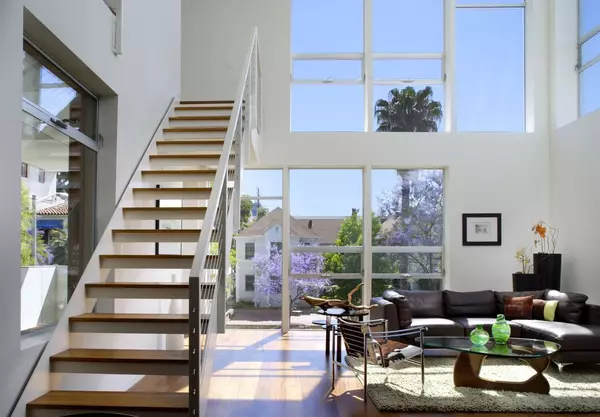How Secondary Suites Are Supporting Affordable Housing Goals in Canada
Secondary suites, or accessory dwelling units (ADUs), are self‑contained living spaces within or attached to a single‑family home. They have gained renewed attention in Canada as a dual strategy to help homeowners manage mortgage costs while expanding affordable rental options in tight markets. Several municipalities are currently relaxing zoning restrictions to permit their development.
Homeowners benefit from supplementary income that can stabilize household finances and help to pay the mortgage, while renters gain access to greater choice in rental options and potentially lower priced units.
Secondary Suites in Canada
Secondary suites have been on the rise in Canada, with more municipalities rezoning to accommodate them, and provinces and initiatives creating initiatives to encourage their development.
Vancouver is a secondary suite leader, with roughly one‑third of single‑family houses now including legally sanctioned secondary suites, but more cities are following. For example, Calgary implemented a Secondary Suite Incentive Program, to encourage gentle densification, while also ensuring new suites are build with the safety of tenants in mind. Local data from the City of Calgary indicates that home‑renovation permit applications for secondary suites rose from 251 in May to 368 in June 2024, showing homeowners’ growing engagement with suite development.
Budget 2024 allocated $409.6 million over four years to the Canada Mortgage and Housing Corporation (CMHC) to launch the Canada Secondary Suite Loan Program.
Benefits for Homeowners
Rental income from secondary suites can significantly offset mortgage obligations. CMHC research notes that rental revenues help first‑time buyers and seniors maintain homeownership by covering a portion of monthly housing costs.
Homeowners can enjoy financial relief by tapping into their property’s equity to fund suite creation. As of January 15, 2025, new mortgage insurance rules permit refinancing up to 90% of a home’s value, including the post‑suite value, amortized over 30 years, effectively lowering monthly payments and unlocking capital for renovation. The Secondary Suite Loan Program initially provided up to $40,000 at favourable rates, and was recently expanded to $80,000 over 15 years at 2% interest, doubling the financing capacity for homeowners.
Benefits for Renters
For renters, secondary suites offer additional choices and options to meet their needs. These suites can meet housing needs where more traditional options are not. For example, in Ontario municipalities with constrained rental supply, including Ajax, Barrie and Brampton, secondary units comprised nearly half of rental options, filling critical gaps when traditional vacancy rates dip below 2%. By expanding the pool of ground‑oriented rental housing, these suites alleviate pressures on overcrowded markets and reduce displacement risks. Additionally, they can offer more choice in location and layout to meet individual needs.
They also often an affordable alternative to conventional rental housing. While the difference in affordability between secondary suites and traditional rentals vary by market, in some areas, it can be notable. The City of Airdrie notes that the average rent for secondary suites is 32% lower than purpose-built rentals, as an example.
Challenges and Considerations
Despite their promise, secondary suites face regulatory and practical hurdles. Zoning bylaws in various jurisdictions still restrict suite creation, requiring homeowners to navigate variances or lengthy approval processes. Building code compliance, covering fire separation, ceiling heights, egress, and other requirements, imposes additional costs that can deter lower‑income homeowners from pursuing suites.
Insurance uptake has been uneven; major lenders only slowly began accepting applications for the secondary‑suite refinancing program after its January 15 launch, limiting homeowner access to available financing. Moreover, inadequate data collection on non‑market housing hampers policymakers’ ability to assess the true impact of suites on affordability and supply.
Overall, however, secondary suites offer an additional tool to advancing affordable housing objectives in Canada. By empowering homeowners to leverage underutilized space for rental income and offering renters greater options in pricing and layouts, these suites bridge can bridge gaps left by traditional market mechanisms.
Recent Posts










